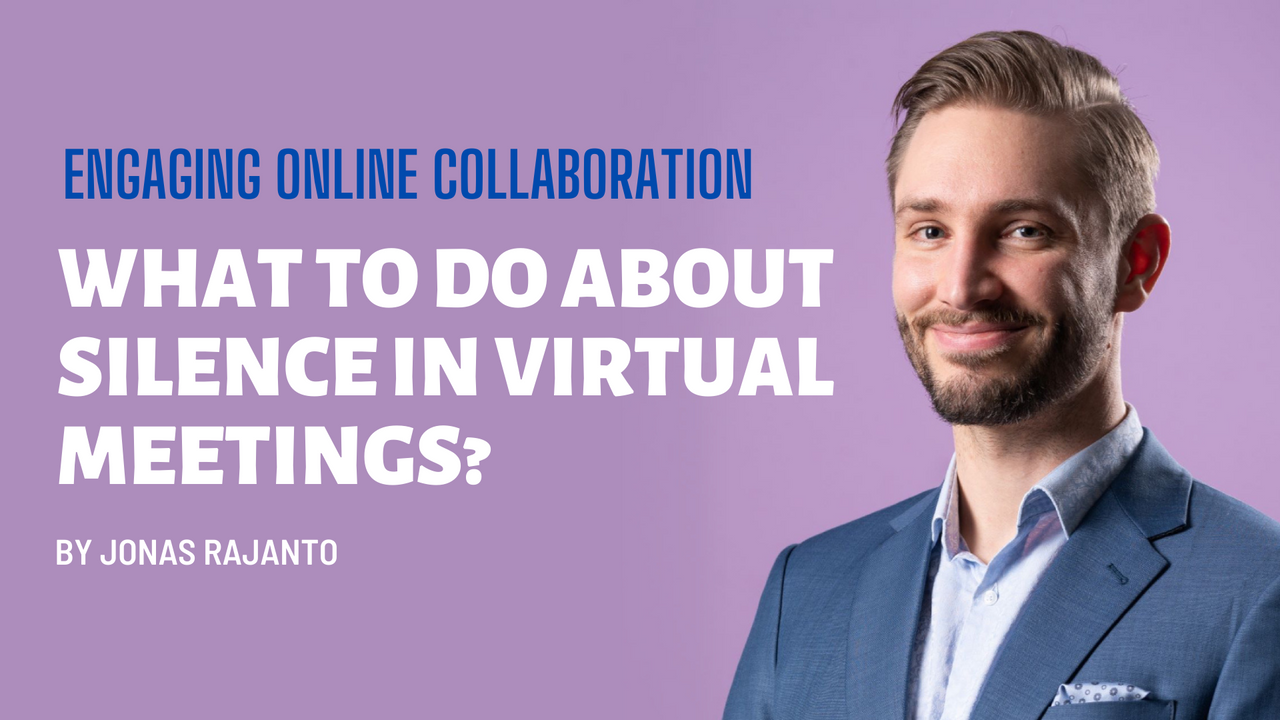What to do about silence in virtual meetings?

You have just delivered a presentation on an important topic. You would like a bit of feedback, but no one volunteers to speak. You ask one person what they think, but their answer is generic.
No one would blame you for feeling frustrated at the lack of interaction. This situation is common in virtual meetings today.
How might we break this pattern of one-sided communication?
It's important to consider the reasons for people's silence. Some examples might be:
- tech challenges: I did not hear or see the presentation clearly
- psychological safety: I don't feel safe to speak my mind
- intent: I'm not sure what kind of feedback is needed
- context: I'm not sure if this presentation concerned me in the first place
Sometimes there are multiple causes for silence, and changing just one aspect of the situation is not enough — you may need to redesign the entire session.
However, I can provide some general tips & tricks:
-
Always make sure the audience knows WHY they are there. What is asked of me as participant? Should I take notes? Prepare to discuss something? Am I expected to answer questions afterward? Help people prepare.
-
Plan for silence. Prepare a slide or two where the task is to digest what was heard and take personal notes - or write observations in the chat, depending on the content. After people have a moment to reflect, it's easier to speak up.
-
Make silence a meaningful part of the presentation. You can pause with your hand on your chin or stare out the window while gathering thoughts between segments. This gives people time to digest what they've seen and heard.
-
Sometimes you encounter surprises, technical or otherwise, which cause unplanned pauses. When this happens, describe what you are seeing and feeling. In virtual meetings we hate uncertainty; but we expect tech challenges to occur. Simply saying "hold on - I've momentarily lost the window I was supposed to share... just one second as I try to re-locate it." This can take the awkwardness and/or pressure out of the situation.
-
Sometimes you can just sit with the silence for a while. If no one is volunteering their answer, you can say "I'd like to hear comments from at least three people. Take your time before you answer - I can wait."
-
People sometimes don't feel safe speaking in front of a big group or if people with influence (their boss, for instance) are present. In these cases you can make use of the Breakout Rooms feature built into Teams, Zoom, or Google Meet. Send people into random groups of 2-4 people each, and give them 5 minutes to discuss their key takeaways, for example. When they come back to the main room, they often have lots more to say!
Want to learn more?
We have plenty of free facilitation materials.
Check out our free downloadable from here >>
Watch the webinar: How to organise productive online and hybrid meetings >>
⭐ Learn more about Engaging Online Collaboration >> ⭐
About the writer:
Jonas Rajanto is a facilitator specialized in remote working and online collaboration. He trains team leaders, project managers, trainers, educators, salespeople, and others for whom virtual meetings are an integral part of their work. Jonas’s mission is to make working remotely feel just like working in the same room.
Get to know Jonas: LinkedIn | Twitter
Feel free to reach out in case you would like a tailored training
for your team or organization: [email protected].
We are more than happy to help you!


